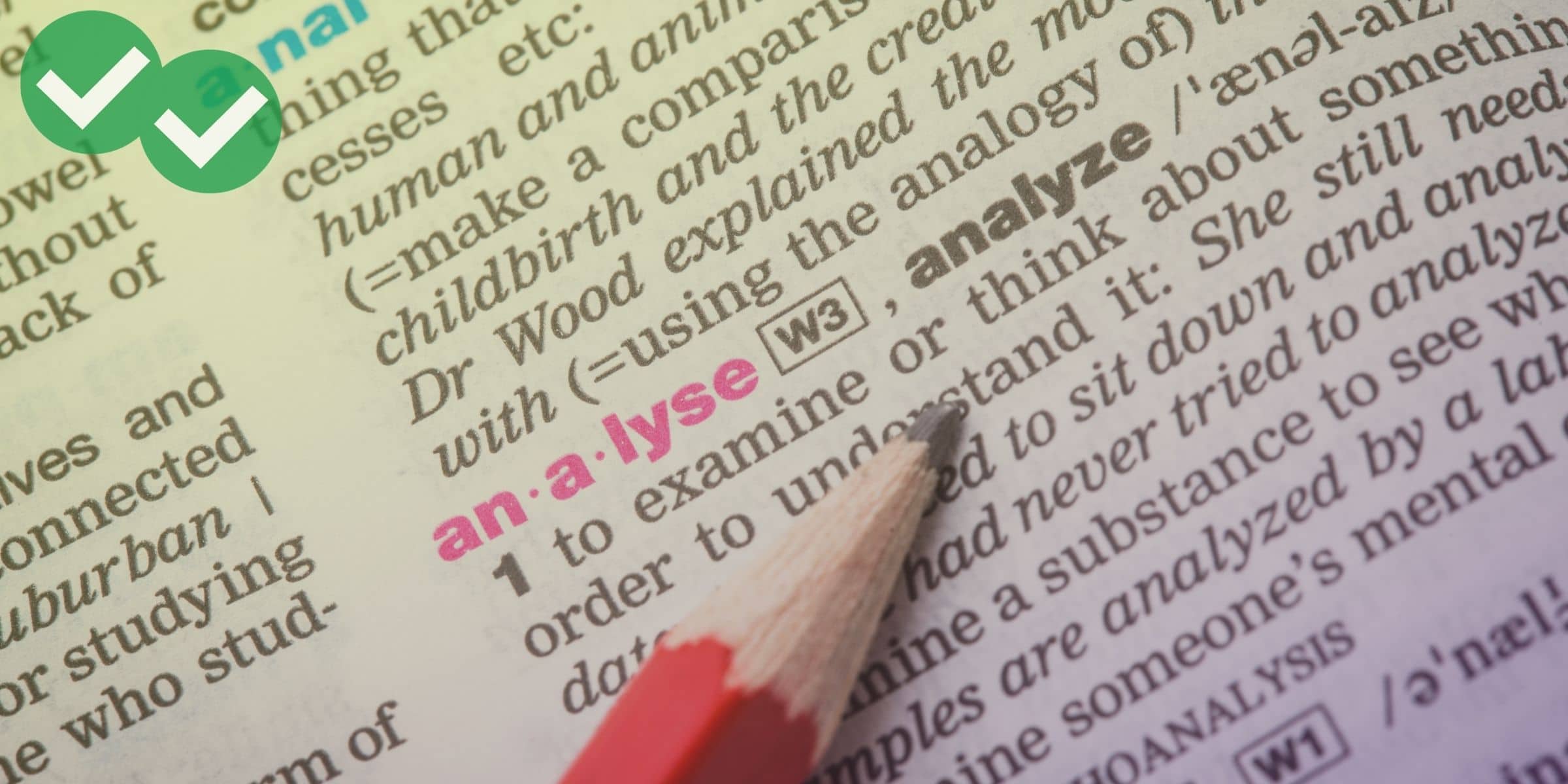Today we’re going to look at two words with almost the same spelling, and almost the same meaning.
“Further” and “farther” are so similar they can sometimes be used in the exact same way. But there are other times when using the wrong word from the pair will sound very strange… so strange that such a mistake could hurt your TOEFL score.
The general rules for these words are:
- Use “farther” to refer to distance—how far something has moved or how physically long something is.
EX:
I can run farther than you.
The grape vine grows farther up the tree than the ivy vine. - Use “further” to refer to time—how much time has progressed, how far into the future an event is, or how far into the past an event is.
EX:
The further into the past you go, the less technology there is.
Let’s not continue this meeting any further. It’s too late at night. - Use “further” to refer to intensity and degree—how much something is happening, being done, being experienced, or being felt.
EX:
If you heat up the corn kernels just a little further, they’ll explode into pieces of popcorn.
Any further misbehavior, and I’m sending you to your room, young man!
Now, here’s the tricky part: for distance and time, some grammar teachers—and some ordinary users of English—are comfortable treating “farther” and “further” as interchangeable words. So while using “farther” to describe distance and “further” to describe time is a little bit more proper, you can break Rules 1 and 2 above. Your English will still sound natural and understandable. But you need to be consistent. Either always use “further” or always use “farther.”
Correct, consistent examples
The rocket ship went further and further into outer space.
The meeting kept getting rescheduled father and farther into the future.
Incorrect, inconsistent examples:
The children chased the butterfly further and farther through the meadow.
The battle continued father and further into the night.
In the simple examples above, I’m showing you inconsistency within sentences. You’ll also want to avoid inconsistent use of “farther” and “further” in longer pieces of writing. So in your TOEFL essays, use only “further” to refer to distance or only “farther” to refer to distance throughout the whole essay. And of course, have the same consistent word use if you’re describing time. (This goes for TOEFL Speaking responses too!)
That’s a little tricky, I know. Fortunately, the rule for describing degree/intensity is a lot simpler. Rule 3 above is not flexible. You can really only use “further” to describe degree. A statement such as “the snowfall farther cooled down the air” sounds odd. This kind of misuse of “farther” is confusing, and can hurt your TOEFL score.






Leave a Reply